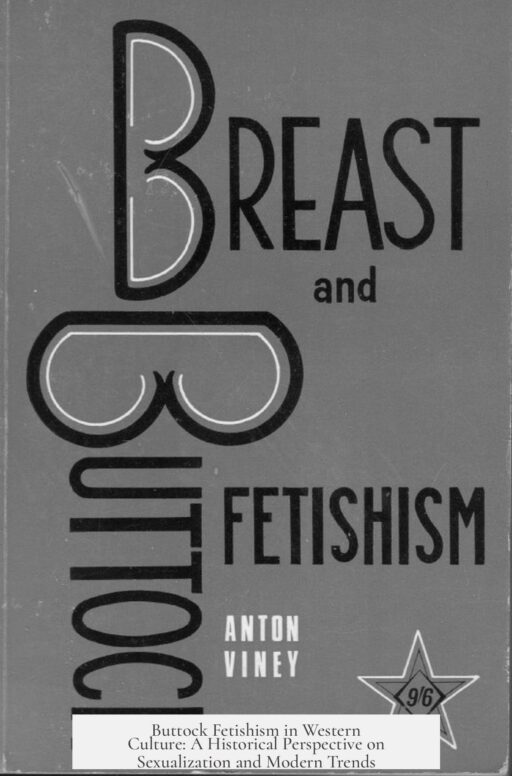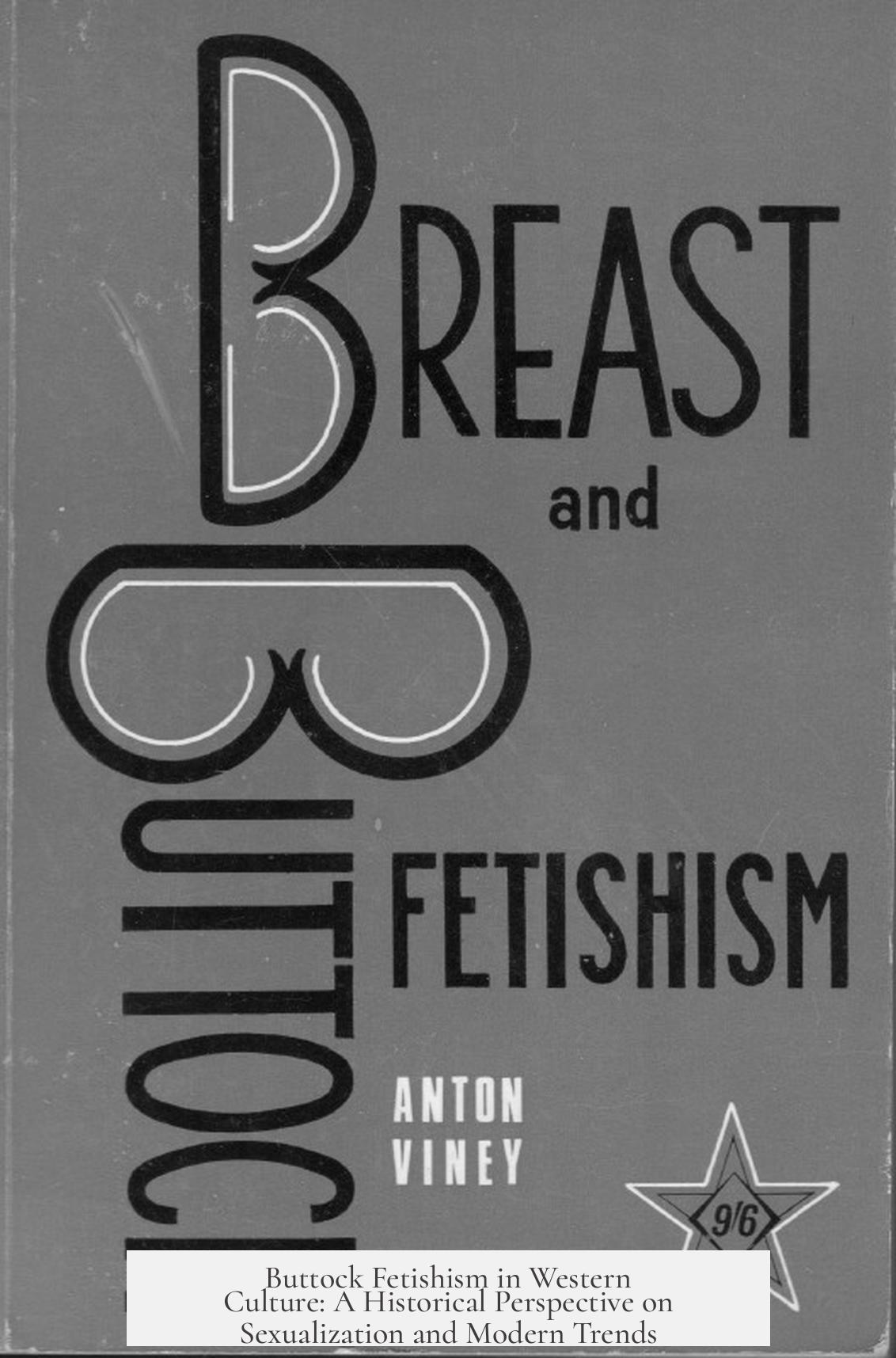Buttock fetishism is not a new phenomenon in Western culture; it has existed, transformed, suppressed, and resurged across millennia. In the United States, its modern popularity draws on long-standing traditions dating back to prehistoric times. The sexualization of buttocks in the West traces back to ancient art, diminishes during certain religious periods, and reemerges through cultural shifts and influences, evolving into the fetishism seen today.
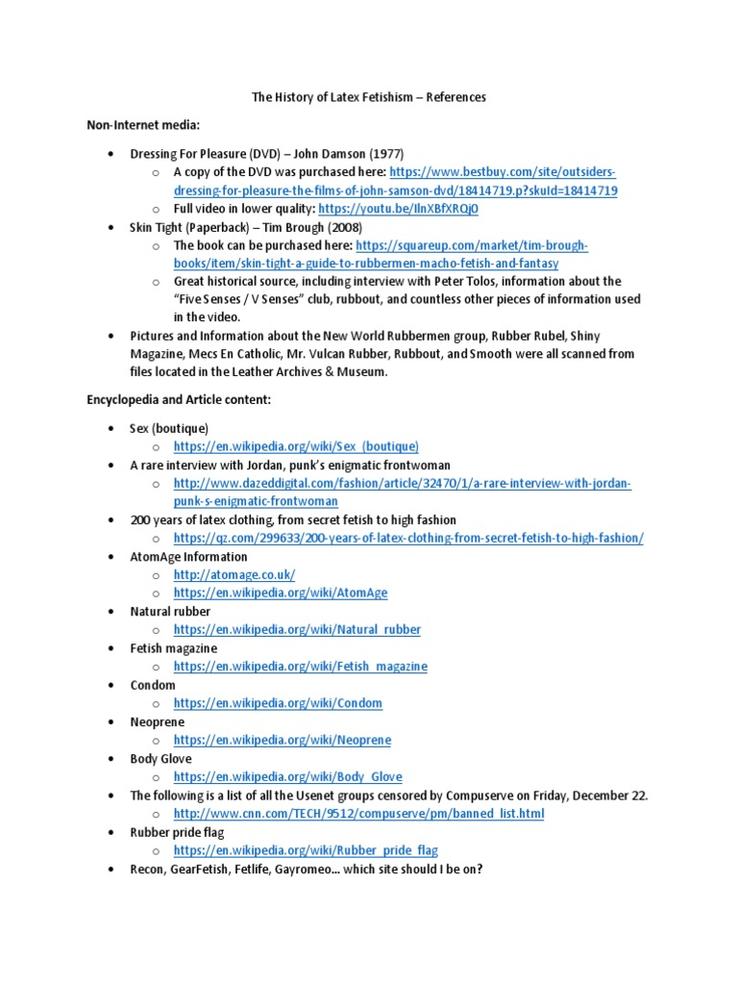
In early Western civilization, buttock fetishism appears prominently in prehistoric art. One of the oldest and clearest examples is the Willendorf Venus, crafted around 25,000 BCE. This figurine exaggerated female sexual features, including the breasts and buttocks, reflecting an emphasis on fertility and sexual allure. Later classical art involving Venus—the Roman goddess symbolic of love and beauty—adopted these voluptuous forms. Greek and Roman sculptures commonly accentuated the hips and buttocks, showing that sexualized depictions of this body part were central in antiquity.
However, during the Middle Ages, the sexualization of buttocks largely disappeared from Western art and culture. Christianity’s rise associated the buttocks primarily with sin, particularly sodomy, which stigmatized their erotic portrayal. Art became more modest and asexual. Women in medieval artwork were typically covered head-to-toe, omitting visible sexual characteristics, emphasizing purity and innocence. Thus, public fetishization or celebration of buttocks was culturally suppressed for several centuries.
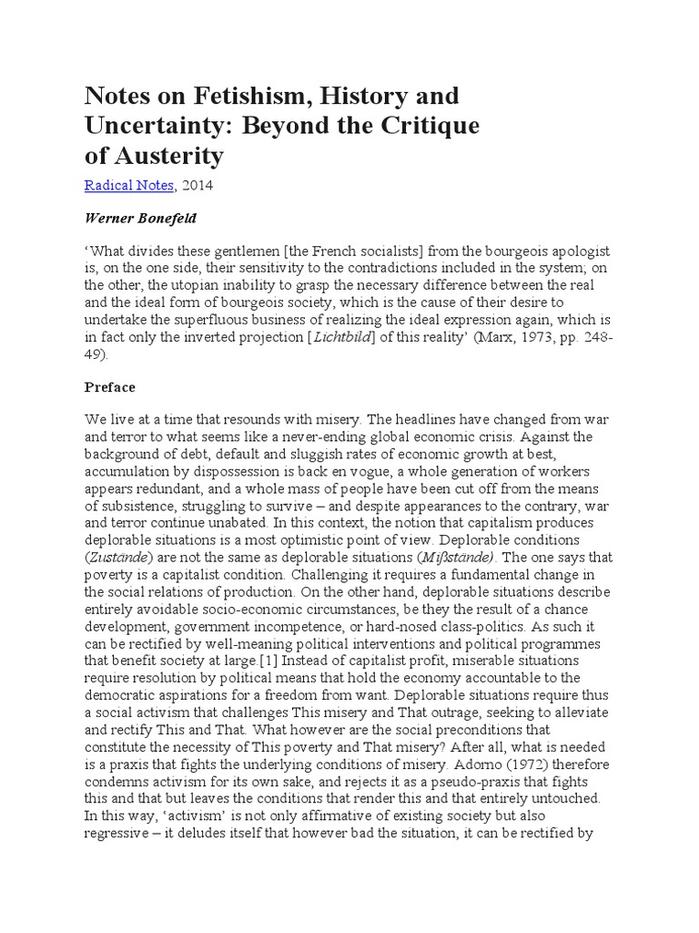
The Renaissance (approximately the 14th to 17th centuries) witnessed a rebirth of classical ideals and renewed interest in human anatomy and beauty. Works like Botticelli’s The Birth of Venus (c. 1480) marked a shift toward celebrating the female form. Renaissance artists portrayed women with sizable hips and buttocks reflecting ancient ideals of fertility and sensuality. These representations blended pagan and Christian symbolism by connecting voluptuous bodies with maternal figures like the Madonna. This reappearance reestablished the buttocks’ significance in Western erotic art after centuries of taboo.
The 19th century introduced significant changes in how pygophilia—the sexual fixation on buttocks—was expressed culturally, distinct from its innate artistic depiction. This period marks a transition where buttock fetishism became an explicit cultural practice and focal point of erotic desire rather than a mere artistic motif. Erotic spanking gained popularity as a fetishistic act, notably in British literature such as Lady Bumtickler’s Revels and Exhibition of Female Flagellants. Meanwhile, racial dynamics influenced the fetishization of exaggerated buttocks under colonial and slavery contexts.
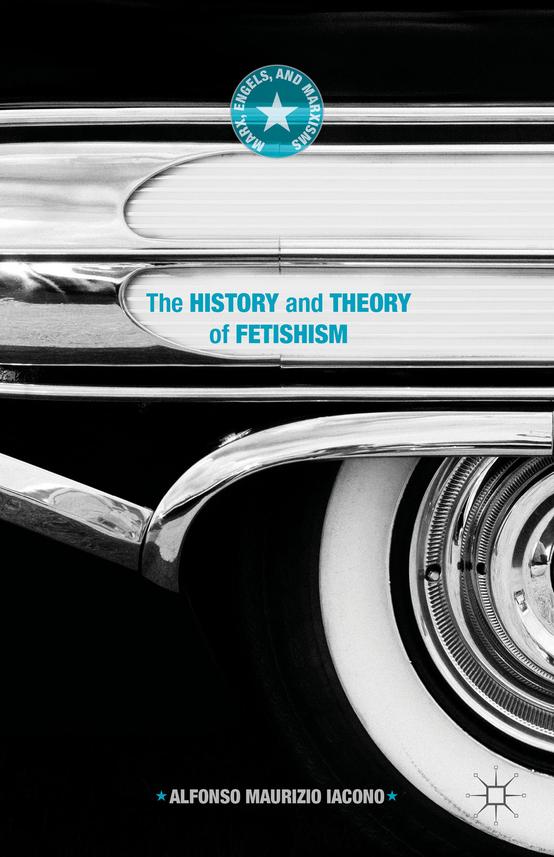
A notorious example is Saartjie Baartman, known as the “Hottentot Venus,” a Khoikhoi woman displayed in Europe in the early 1800s for her pronounced buttocks. This objectification of African bodies reinforced and intensified Western interest in buttocks as a sexualized feature within fetish culture. Such displays shaped evolving Western notions of beauty, sexuality, and eroticism linked to race and body image.
In the United States, buttock fetishism developed more slowly due to strong Puritanical and religious influences into the late 19th century. These moral frameworks limited explicit discussions or appreciations of sexualized body parts. However, African-American cultural expressions played a crucial role in bringing pygophilia into mainstream American consciousness. Blues music, especially the “dirty blues” subgenre emerging in the early 1900s, openly discussed taboo subjects, including the attraction to buttocks.
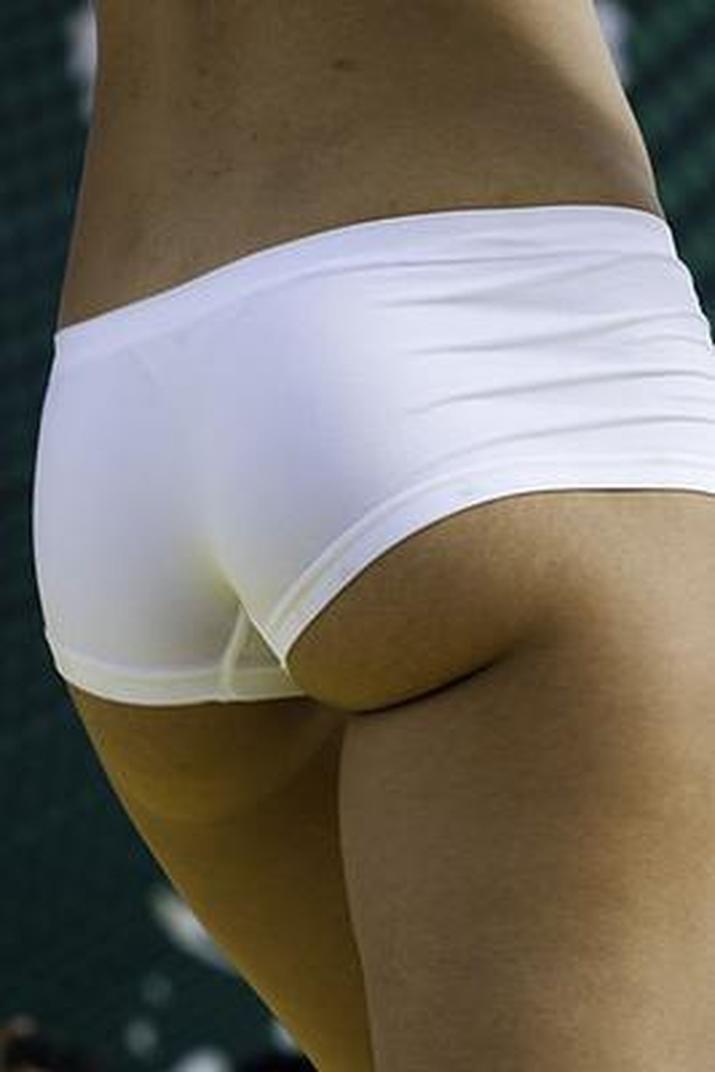
The musical tradition of African-American communities celebrated voluptuous female forms and referred to buttocks in coded and uncensored language. Terms like “moneymakers” and “booties” popularized in blues evolved and embedded themselves in modern American music and culture. This foundation influences contemporary media, music videos, and aesthetics, making buttock fetishism a pronounced and normalized element of modern American sexuality.
Today’s buttock fetishism in the U.S. intertwines historical art, racialized history, musical heritage, and evolving social norms. Its visibility and acceptance reflect centuries of changing attitudes toward the body and sexuality. The fetishism is thus neither entirely recent nor an isolated cultural invention. Instead, it is the continuation and transformation of ancient and complex cultural traditions.
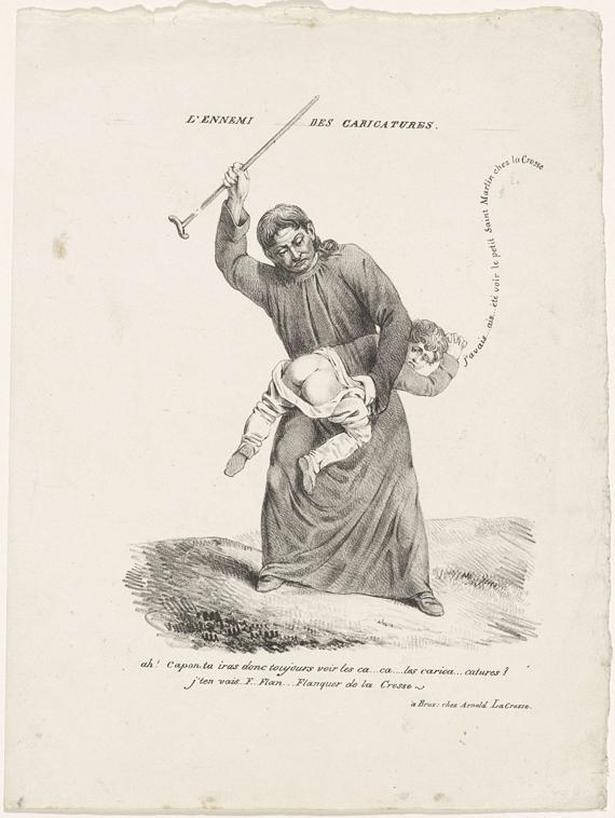
| Period | Buttock Sexualization Status | Key Influences |
|---|---|---|
| Prehistoric (c. 25,000 BCE) | Exaggerated sexual depiction (Willendorf Venus) | Fertility symbolism, early art |
| Classical Antiquity | Voluptuous portrayal in sculptures of Venus | Greek and Roman aesthetics, mythology |
| Middle Ages | Cultural suppression, modest asexual art | Christianity, sin association |
| Renaissance to Early Modern | Renewed sexualization with maternal symbolism | Classical revival, religious hybrid imagery |
| 19th Century | Emergence of fetishistic practices | Erotic spanking literature, racial dynamics |
| Early 20th Century USA | Growth influenced by African-American culture | Blues music, cultural expression |
- Buttock fetishism has ancient roots, visible in prehistoric and classical Western art.
- Medieval Christian influence suppressed erotic portrayals of buttocks.
- The Renaissance revived sexualized depictions with a focus on fertility and maternal symbolism.
- In the 19th century, fetishistic cultural practices related to buttocks became explicit in literature and exhibitions.
- African-American culture significantly shaped modern American buttock fetishism via musical and social expressions.
- Modern American sexuality’s focus on buttocks is a continuation of a complex historical legacy.
Buttock Fetishism in Western Culture: Is It Really a Modern American Thing?
To get straight to it, buttock fetishism is far from a new obsession in Western culture. The modern American focus on buttocks is very much a continuation of a centuries-old fascination—though it’s certainly evolved in form and focus along the way.
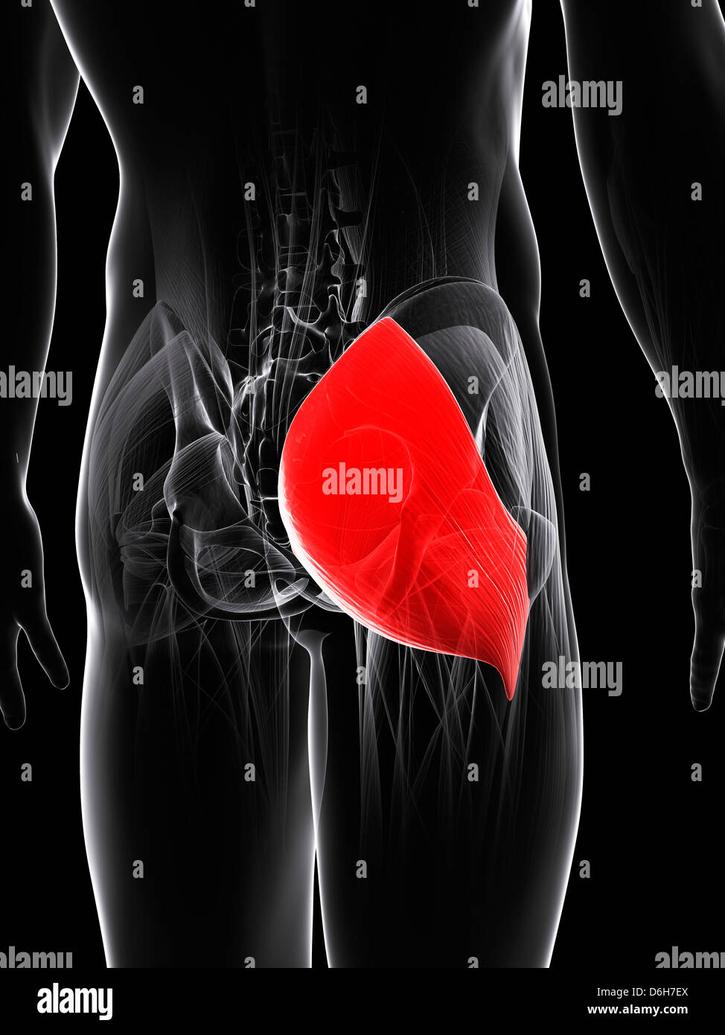
So, how did this fixation begin? Has it been central to modern American sexuality as people claim, or is that just buzz? Let’s unpack some history—and trust me, it’s a wild ride from ancient statues to today’s pop charts.
A Tale as Old as, Well, 25,000 BCE
Archaeologists uncovered the Willendorf Venus in Austria, a tiny figurine that’s been around for over 25,000 years. This figurine exaggerates breasts and buttocks. Yes, exaggerated curves have been admired since before humans invented the wheel. So the “booty craze” is deeply rooted—almost prehistoric.
The figure set a trend. Subsequent portrayals of “Venus” in Greek and Roman art keep refining this voluptuous form. Ancient goddess statues didn’t shy from celebrating the rear as an emblem of fertility and beauty. It’s safe to say, from early art, the Western world had a clear appreciation for the female form—and that included buttocks.
Hold That Thought—Medieval Times Tried to Cancel It
Fast-forward a few thousand years and enter the Middle Ages—a time when religious dominion reshaped Western values. The buttocks became taboo and were linked with sinful behavior. Christian hegemony suppressed the open cultural expression of sexuality. Portrayals of women in art became modest, with full gowns and cloaks; nudes became almost nonexistent.
Imagine the cultural shift! Where once artists highlighted the female form, now women were cloaked in piety. This period wiped the slate clean of buttock fetishism for a bit, or at least pushed it underground. Does suppression actually increase desire? Maybe medieval modesty planted the seeds for later obsession.
The Renaissance Revives the Rear-End Romance
The Renaissance threw open the doors to humanism and sexual expression. Enter Sandro Botticelli’s The Birth of Venus (circa 1480). This painting didn’t just mark a rebirth of art, but also of celebrating the human form—**curves included**.
Artists from Renaissance through early modernity often portrayed women cloaked in voluptuousness—large buttocks, thick thighs, and slim shoulders. It created a standard for beauty referring both to eroticism and maternal imagery (think of the Madonna). The Renaissance clearly valued the shapely figure as desirable and life-affirming.
19th Century: From Art to Fetish
Here’s where things take a turn: buttock admiration transitioned into fetishism. Erotic spanking emerged as a trickier sexual expression—literature like Lady Bumtickler’s Revels showcased spanking as popular kink in the 1800s UK.
Looking wider, African slaves’ “exaggerated” curves piqued interest in ways that unfortunately mixed fetish with colonialism and racism. Saartjie Baartman, the ‘Hottentot Venus’, toured Europe, her body objectified and turned into a spectacle. This chapter in history reminds us how fetishism intertwines with oppressive power dynamics.
The United States: A Late Bloomer with a Unique Flavor
The US lagged behind Europe in cultivating a buttock fetish, and there’s a reason. Puritanical ideals kept public morality tight through the late 1800s. Unlike Europe, America held a tight leash on open sexual expression.
But African-American culture changed the game. Blues music from the early 20th century, especially the subgenre called ‘dirty blues’, openly celebrated sexuality, including the glory of the “booty.” Lyrics spoke bluntly about desires often left unspoken elsewhere.
This cultural influence was profound. The reverence for curvy, voluptuous figures common in African diasporic culture helped transplant pygophilia firmly into modern American sexual culture. Fast forward to today, and popular music is full of “moneymakers” and “booties”—terms that owe their lineage to these roots.
What Does This Mean Today?
Understanding the history reveals that buttock fetishism in modern America isn’t a spontaneous obsession but a layered cultural evolution. It combines ancient admiration, suppression, rediscovery, fetishization, and cross-cultural exchange.
When you hear modern pop songs raving about booties, or see certain body ideals trending, remember it’s all part of a *long story*. This tale spans continents, artistic eras, and social changes. So the next time someone claims modern buttock fetishism is shallow or new, you can hit them back with 25,000 years of history.
So, How Should We Think About Our Booty Fascination?
- Is it purely about sex? No, it has cultural, historical, and sometimes problematic origins intertwined with race and power.
- Is it new? Definitely not. It’s an age-old attraction, reinterpreted and repackaged for each era’s tastes.
- Is it harmless fun? Ideally yes, but being mindful of its history can add depth to understanding why it matters so much to us.
Next time you catch yourself singing along to a song hyping the “backside,” remember: you’re joining a club thousands of years in the making. Your appreciation isn’t just personal preference—it is a cultural tradition spiraling through time.
And don’t worry—no one’s judging those Saturday-night dance moves!
